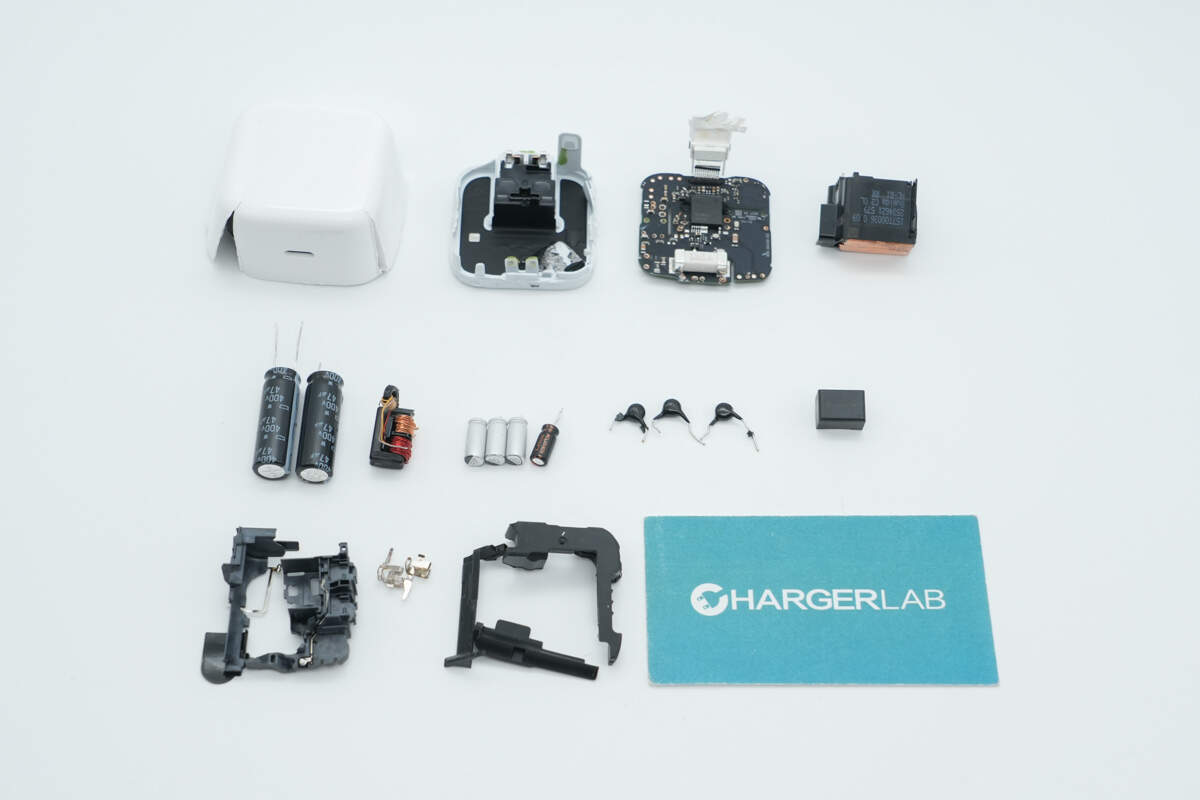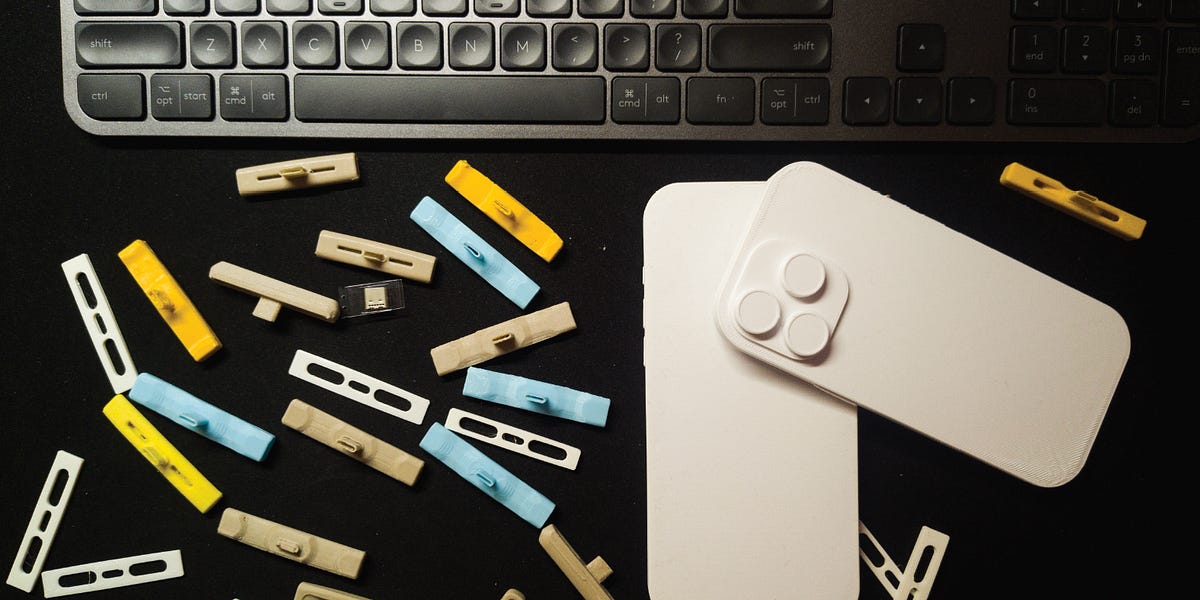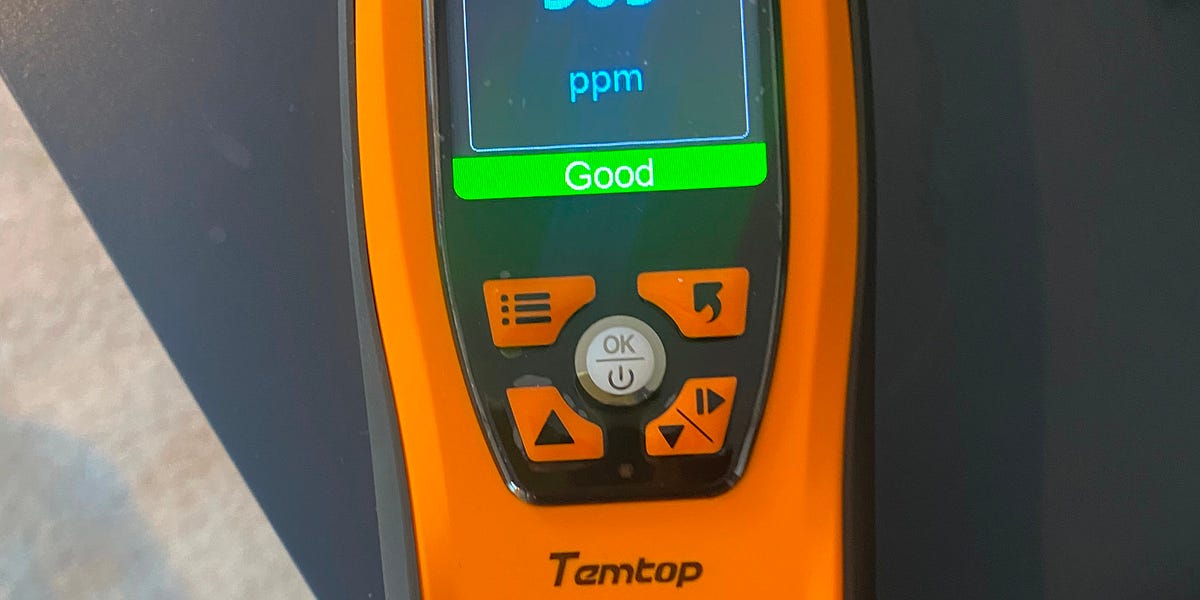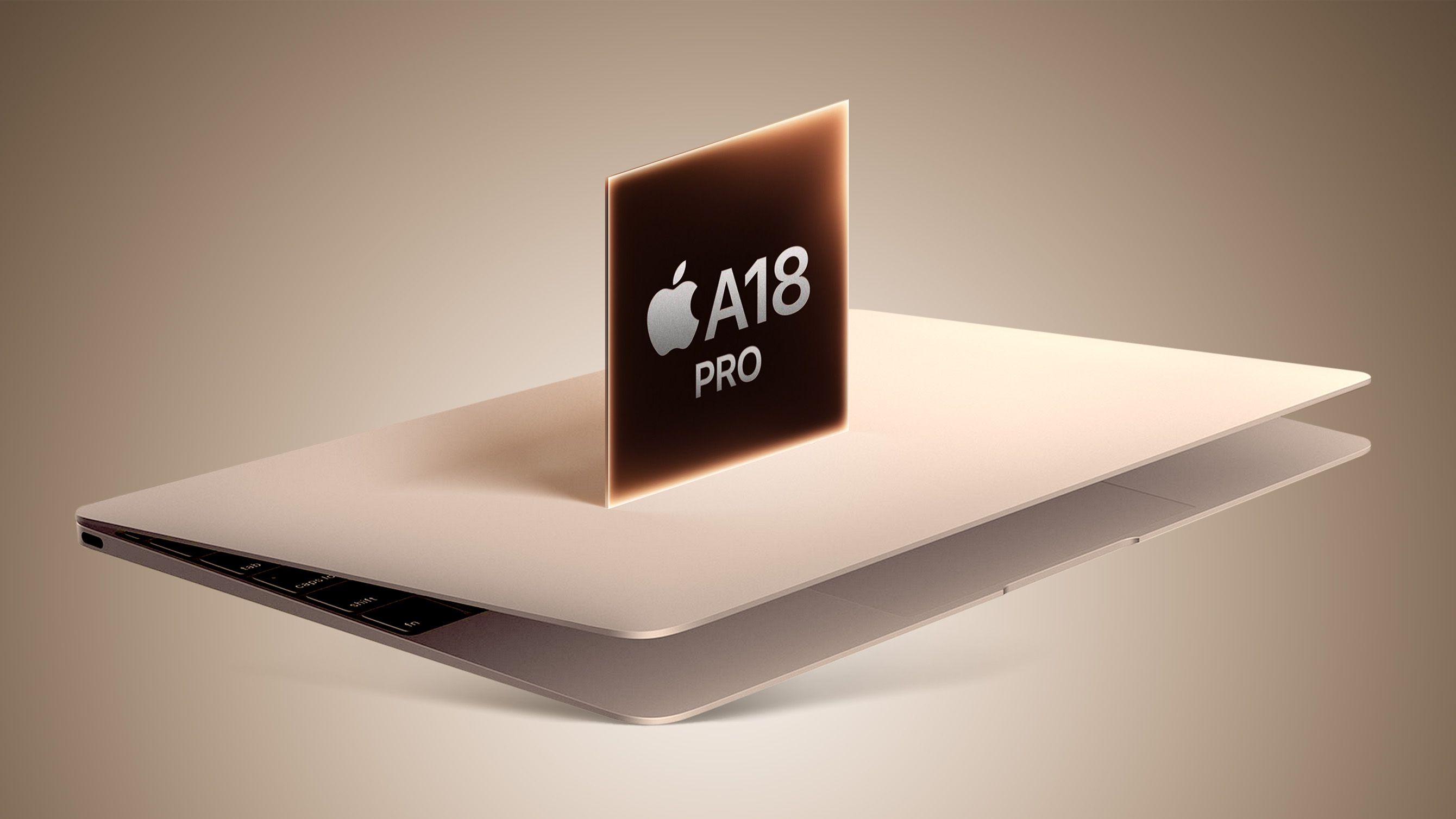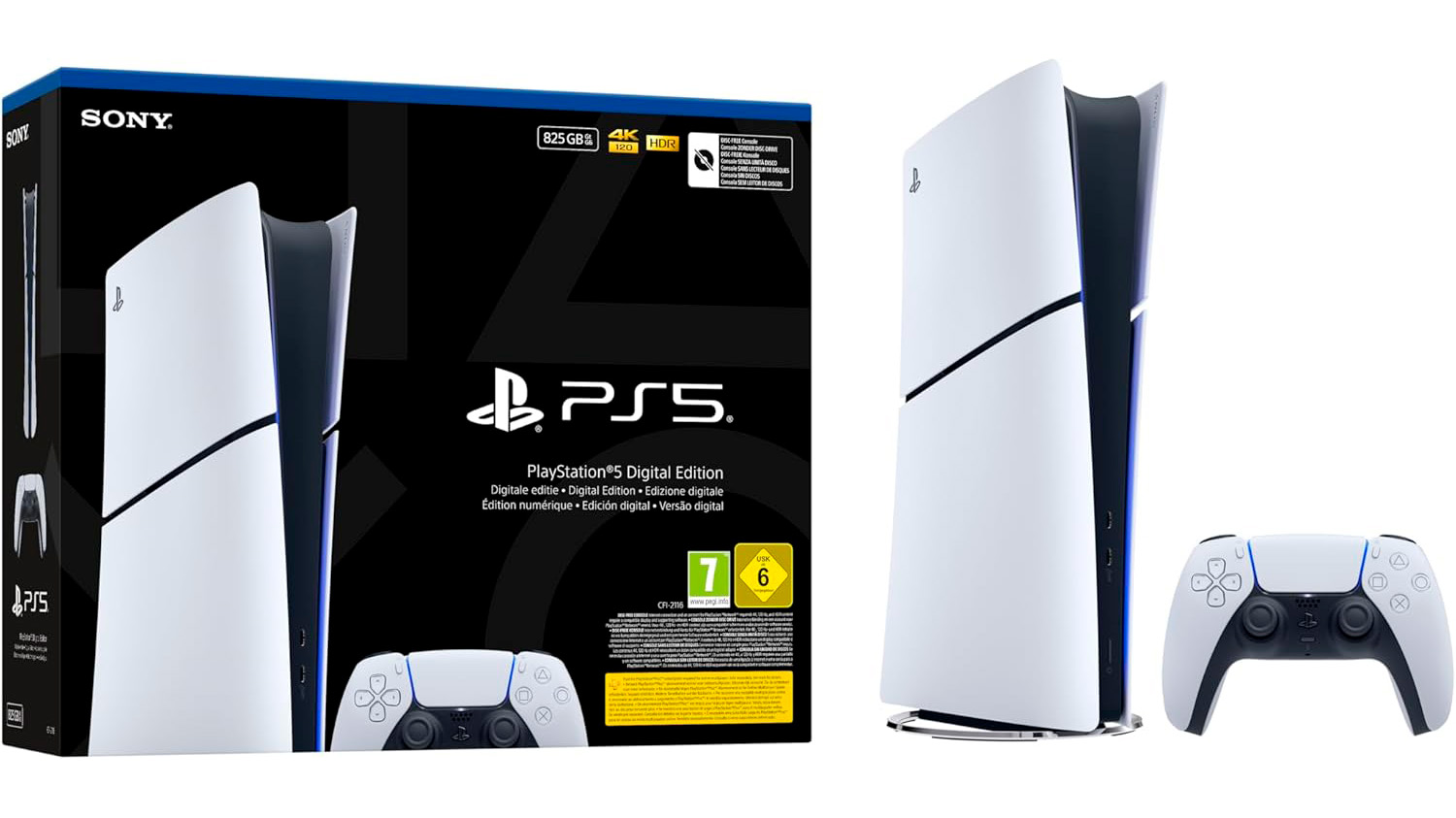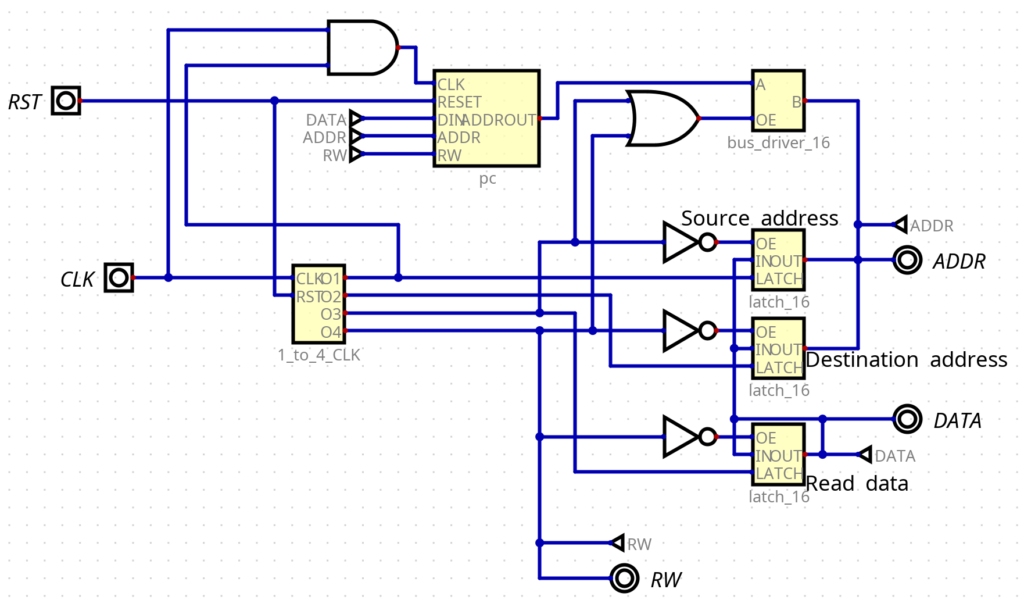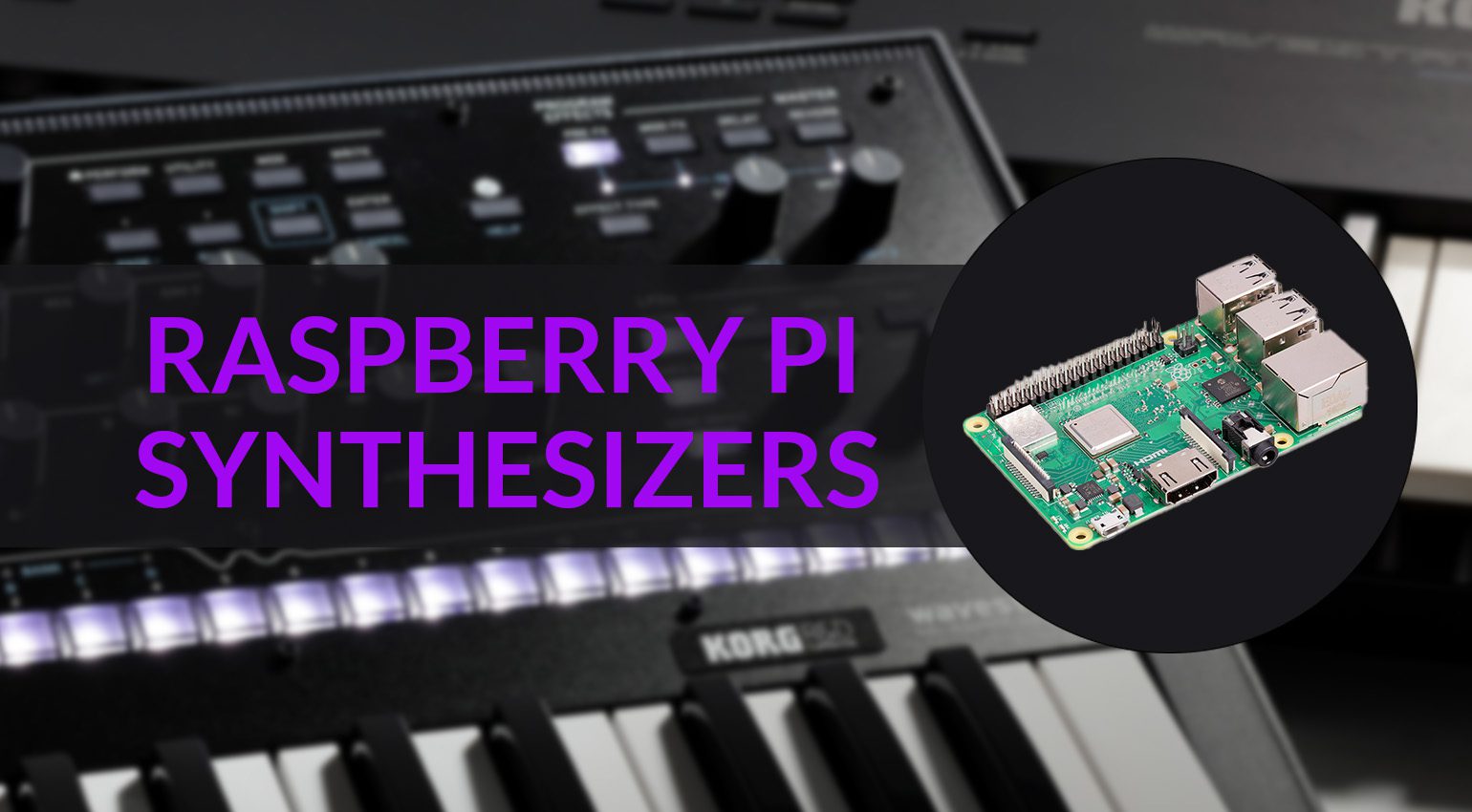Framework 13's Disappointing Battery Life: A Tale of Two Laptops
The author compares the battery life of their MacBook M1 Pro and Framework 13 laptops. The M1 Pro retained 90% charge after three weeks of inactivity, while the Framework 13 (with an AMD Ryzen 7840HS) frequently dies after a few days. This stark contrast highlights the superior battery efficiency of ARM64 architecture, leading the author to consider an ARM motherboard upgrade for their Framework. Despite this issue, the author still loves the Framework's modular design, but the poor battery life significantly impacts usability.


